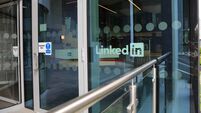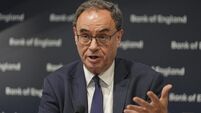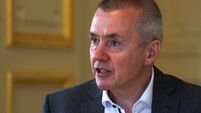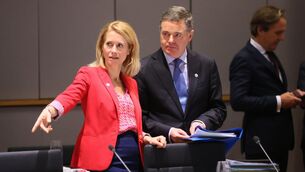Oliver Mangan: More pain in store for stock markets as central banks grapple with decades-high inflation
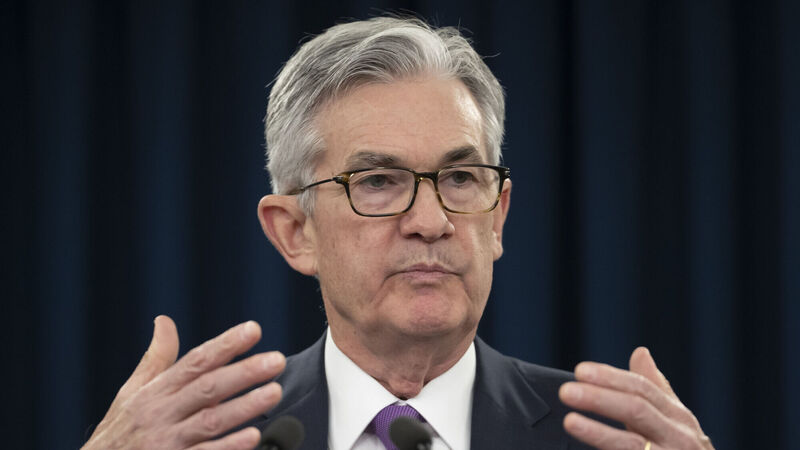
Federal Reserve chairman Jerome Powell says the US economy is in a stronger position now compared to the last tightening cycle in 2018-19, including a far stronger labour market.
It has been a difficult month for equity and bond markets, with considerable volatility in the past week, including some very big intra-day swings.
Investors are wrestling with the competing forces of high inflation, rising interest rates, expectations economies can continue to recover as Covid-19 recedes, as well as ample liquidity in markets, not to mention increased geo-political risks.
A risk-off tone has held the upper hand in January, with the S&P-500 down by 8% since the start of the month, while 10-year US treasury yields have risen by 30 basis points.
The biggest dial mover in markets recently has been the marked hardening of rate hike expectations. Markets are now looking for up to five US rate hikes this year, compared to the three expected at the start of the year.
UK rates are now seen rising to 1.5% by early next year compared to expectations before Christmas that they would top out at around 1%. The ECB is now expected to start hiking rates before the end of the year, with futures contracts suggesting that euro rates will turn positive around the middle of 2023.
Most attention is focused on the US economy and the Federal Reserve, with the first of a series of rate hikes on the cards at its next policy meeting in March. The Fed is confident about the underlying strength of the US economy, noting that indicators of economic activity have continued to improve and job gains have been solid in recent months.
Indeed, Fed chair Jerome Powell at last week’s meeting press conference, commented that the economy is in a stronger position now compared to the last tightening cycle in 2018-19, including a far stronger labour market. At the same time, inflation is running well above its target, and much higher than the last time the Fed started to hike interest rates.
Crucially he advised that these differences are likely to have “important implications for the appropriate pace of policy adjustments”. In other words, the pace of rate rises is likely to be faster than during the last tightening cycle. This suggests that the Fed has to play catch-up, having greatly underestimated the rise in inflation and how quickly the jobs market would tighten in 2021.
The US economy grew by 5.7% last year and is forecast by the IMF to expand by 4% in 2022. Headline inflation is at a 40-year high of 7%, with the core rate at 5.5%. Meanwhile, the unemployment rate has fallen below 4%, with average earnings growth near 5%.
However, the Fed’s monetary policy remains highly accommodative, with QE continuing until March and official rates still pitched near zero. The Fed needs to move to a neutral policy quickly and a restrictive stance later in the year if inflationary pressures do not abate.
In the last cycle the Fed hiked by 25 basis points per quarter, with rates topping out at 2.5%.
Strangely, markets do not see rates getting to even 2% in this cycle. However, more frequent or bigger rate increases may be required this time around to bring inflation back down close to target, with possibly a higher peak also in rates than the previous 2.5%.
Thus, more difficult months could be in store for markets as the Fed moves to an appropriate policy stance.
- Oliver Mangan is chief economist at AIB

